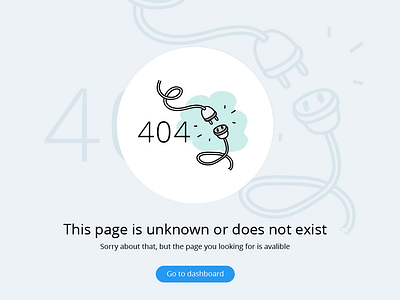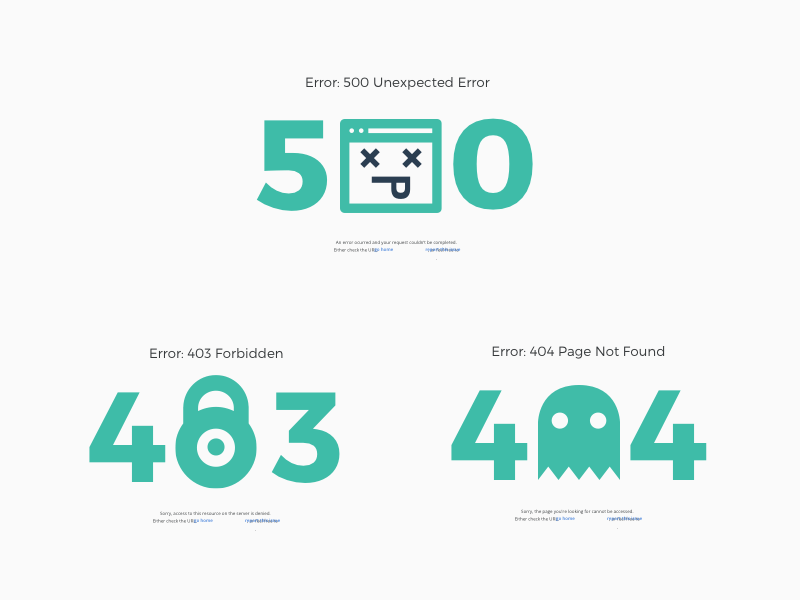The key differences between 404 and 500 errors lie in their causes and SEO implications:
-
404 Error (Not Found): This is a client-side error indicating that the requested resource (page or file) does not exist on the server. Common causes include broken links, deleted pages, or mistyped URLs. It typically results in a custom 404 page informing users the content is missing.
-
500 Error (Internal Server Error): This is a server-side error indicating the server encountered an unexpected condition preventing it from fulfilling the request. Causes include server misconfigurations, script failures, or resource exhaustion. It usually shows a generic error page signaling a server problem.
SEO Implications
| Aspect | 404 Error (Not Found) | 500 Error (Internal Server Error) |
|---|---|---|
| Impact on Crawl Budget | Wastes crawl budget as search engines attempt to crawl non-existent pages, potentially leaving important pages unindexed. | Severely hinders crawling because server errors prevent access to pages, risking site de-indexing or reduced crawl frequency. |
| User Experience | Frustrates users encountering broken links; custom 404 pages can mitigate this by guiding users elsewhere. | Damages user trust as entire pages or site sections become inaccessible; signals unreliability. |
| Link Equity / Authority | Lost if backlinks point to 404 pages; can erode site authority unless redirected properly (e.g., via 301 redirects). | Can cause search engines to view the site as unstable or poorly maintained, negatively impacting rankings. |
| SEO Severity | Moderate if infrequent; excessive 404s suggest poor site maintenance and can harm rankings. | High severity; frequent 500 errors indicate server issues that can drastically reduce site visibility and rankings. |
| Resolution | Fix broken links, restore or redirect deleted pages, or create helpful 404 pages. | Requires server-side fixes: check server logs, fix misconfigurations, update software, and monitor server health. |
Summary
-
404 errors signal missing content and primarily affect user experience and link equity. They are less damaging if managed well with redirects or custom 404 pages but can waste crawl budget if numerous.
-
500 errors indicate server problems that block access to content, causing more severe SEO damage by preventing indexing and undermining site reliability.
Properly addressing both errors is crucial for maintaining good SEO health, user experience, and search engine trust.





